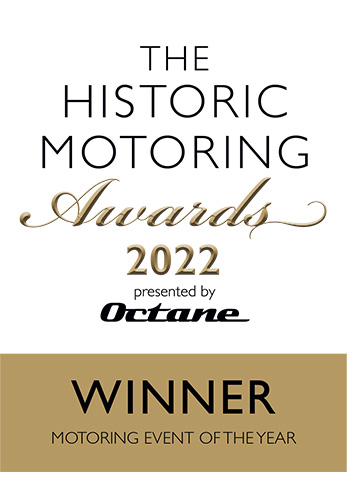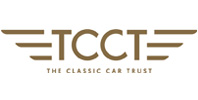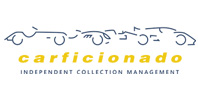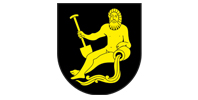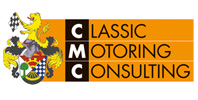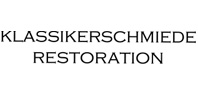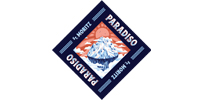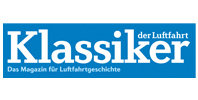The Kilomètre Lancé at Engadin Airport
From September 8 to 10, 2023, Engadin Airport was all about fascinating mobility. Historic aircraft landed at Europe's highest airport, racing engines roared, Mercedes-Benz Heritage served up the finest silverware, and Porsche diesel tractors from South Tyrol and Germany engaged in a head-to-head duel after the Le Mans start.
The opening event of the International St. Moritz Automobile Week had many facets. Still in a light fog, the Porsche Berlin-Rom car from 1938 with only 34 hp took its place at the start, followed by the 180 hp Berlin-Rom version from Mercedes-Benz, built on the basis of a 540 K. The aerodynamically shaped bodies thrilled the spectators and conveyed the constructive reason for these cars. At that time, they were intended to achieve possible top speeds on the newly built autobahn and thus the fastest possible show cruising speeds. Due to the outbreak of the Second World War, however, the race had to be announced. At the traditional sprint in St. Moritz, however, these fascinating contemporary witnesses once again came into their own. In general, the spectrum of automobiles was very wide. It ranged from the Benz Velo from 1894, which only had about five horsepower, to the brand-new Aston Martin Valkyrie with its approximately 1,150 horsepower system output. Through a regularity mode, however, everyone could win. For this purpose, the difference time between two scoring runs was determined in a sprint over 1000 meters. The participant with the smallest deviation won. In the pre-war class, the Swede Glen Billquist mastered this discipline best with his 75-year-old Gleenster S-12 Monoposto.
Christian Rühle won the post-war class with his De Tomaso Pantera. In the motorcycle class, Marcus Hoefken with his DKW 250 "Ladepumpe" built in 1938 had less than a second difference to the runner-up. In the post-war class, Adrien Lombard gave the most consistent throttle with his Ducati Monster 1200S. In general, it was this mixture of motorcycles and automobiles that made it, which in self-determined order along the total of about 1850 meters long track rushed one after the other.
each participant fascinated, by the history of the vehicle, or by sheer performance. Bernd Becker from Idar-Oberstein, for example, brought a Porsche 910 to the start, which he has been racing annually for 55 years. With the Ferrari 512 from 1972 and a Lola T 70 from 1968, it even met competitors from the past at Samedan Airport. An impressive display of Le Mans race cars, for the 100th anniversary of the endurance classic.
When Mercedes-Benz rolled the Sauber C 9 onto the runway, the tension rose. Bernd Mayländer, the pace car driver of all Formula 1 races worldwide, had traveled to St. Moritz to put the spurs to the 1989 Le Mans-winning car. But even for the pro, it was difficult to get the plastic flounder's 700-plus horsepower onto the road. After three runs, however, Mayländer was beaming and overjoyed: "What an experience - and this ambience. Can I come again?“
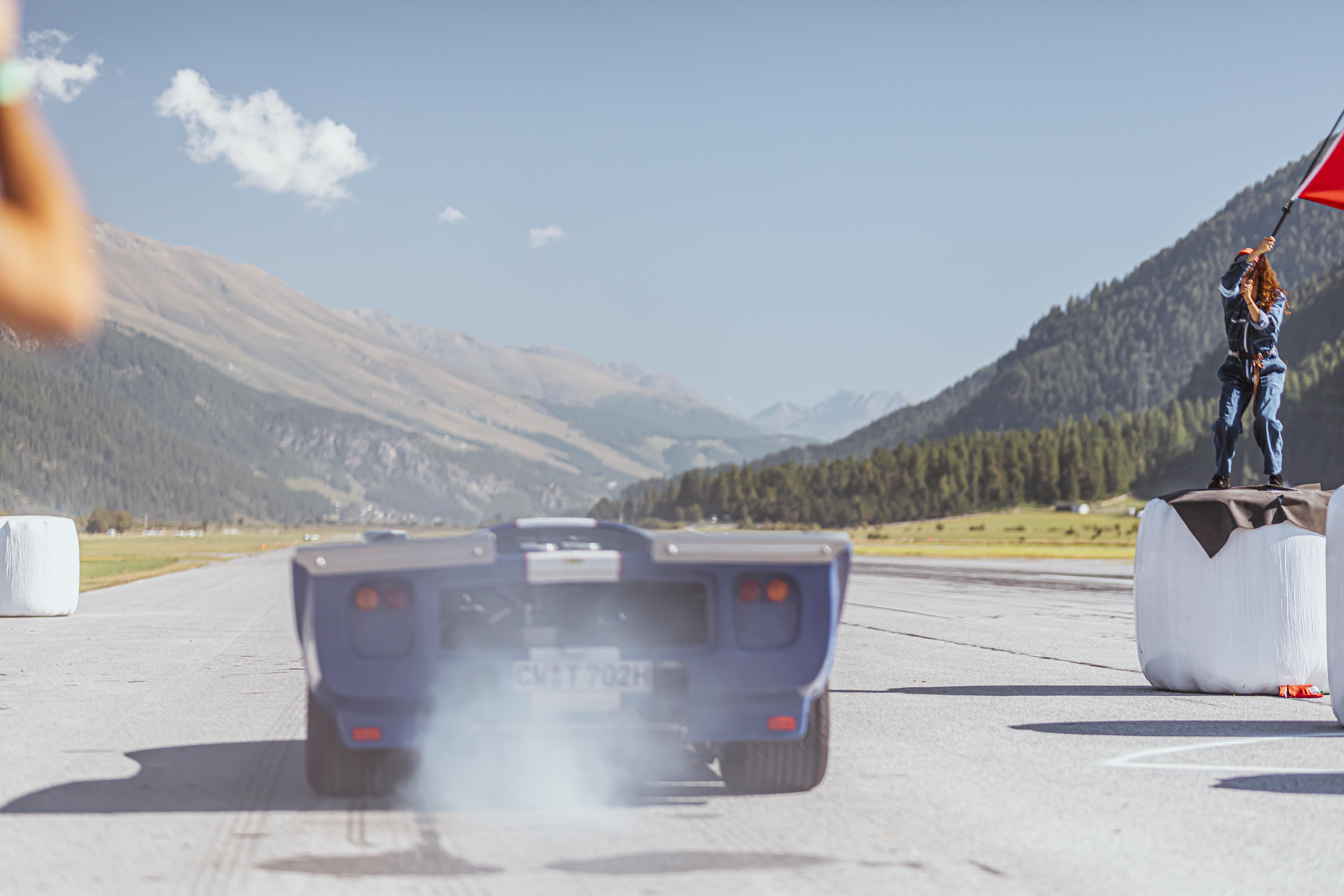
At the Kilomètre Lancé 2023, questions could also be answered that petrolheads are always concerned with: Are cars or motorcycles faster? Last year it was a BMW motorcycle. This year, however, the Aston Martin Valkyrie was unbeatable, with a sprint from zero to 1,000 meters in 19.5 seconds. The hypercar was visibly unimpressed by the thin altitude air and marked a new track record. To the great surprise of spectators and participants alike, an electrified Porsche 911 from 1983 was only beaten by one second. Alternative drive concepts are not only welcome but encouraged at the Mobility Festival at Engadin Airport, as event manager Tobias Aichele emphasizes.
But the crowd favorites of the Kilomètre Lancé had nothing to do with performance and alternative drive concepts. It was the 15 Porsche diesel tractors, some of which had come to the Engadine from South Tyrol and Germany on their own axles, to compete on the airfield with a Le Mans start. For this purpose, vehicles and drivers faced each other. After the lowering of the flag by the flag girl, the drivers sprinted to their tractors, took off and drove off. The spectators cheered them on and with one minute and five seconds to the kilometer, the fastest tractor driver in Europe could be determined.
A jury led by Professor James Kelly awarded the "Driven by Design" design prize, in which all participants were evaluated at full speed. The vote of the five-member jury was unanimous: The winner was the filigree Lotus Eleven from 1957 by David Martin, who had traveled from the USA especially for the International St. Moritz Automobile Week. The jury for the motorcycles also included Edgar Heinrich, head of design at BMW Motorrad. The winner was Matthias Korte's 1972 Harley-Davidson XR 750. For the first time, the jury also awarded a design prize for the historic aircraft. Here the choice fell on the Mustang of 1947, which fascinated already on Friday afternoon, when it landed with its enormous 24 liters engine on the Engadin airport. Historic aircraft are increasingly taking on a central role at the Kilometre Lance. Aerobatic pilot Nils Hagander enchanted the spectators with a show performance during the lunch break. His Pitts Special was built in 1969 for aerobatics.
Photos: Dino Eisele, Julian Reichl




